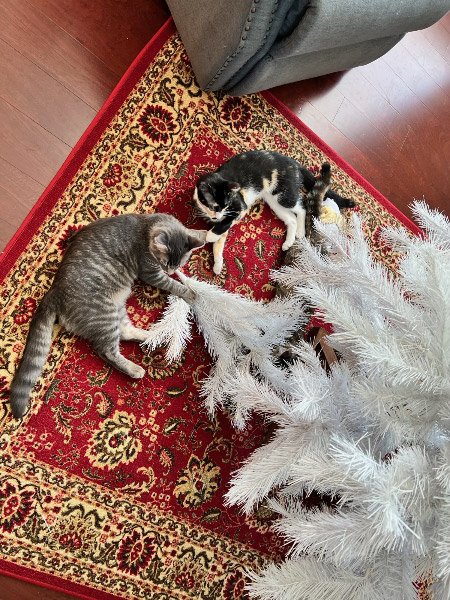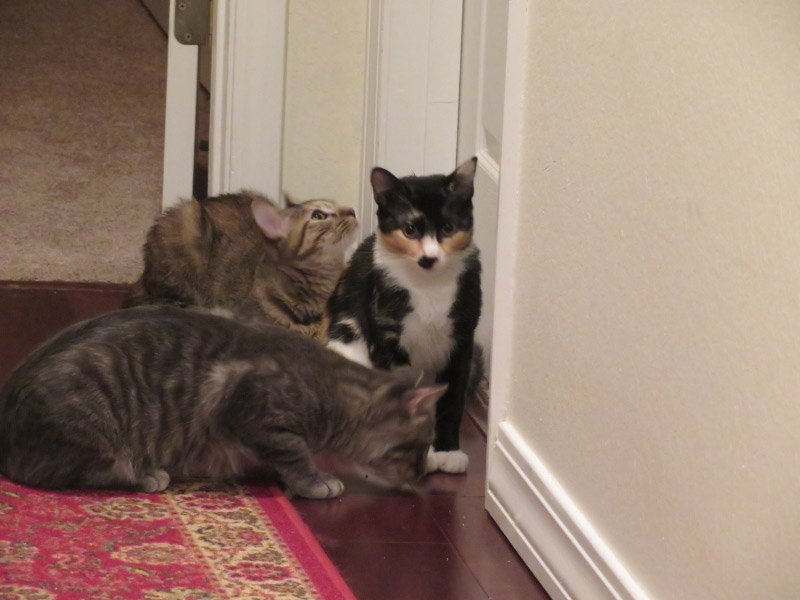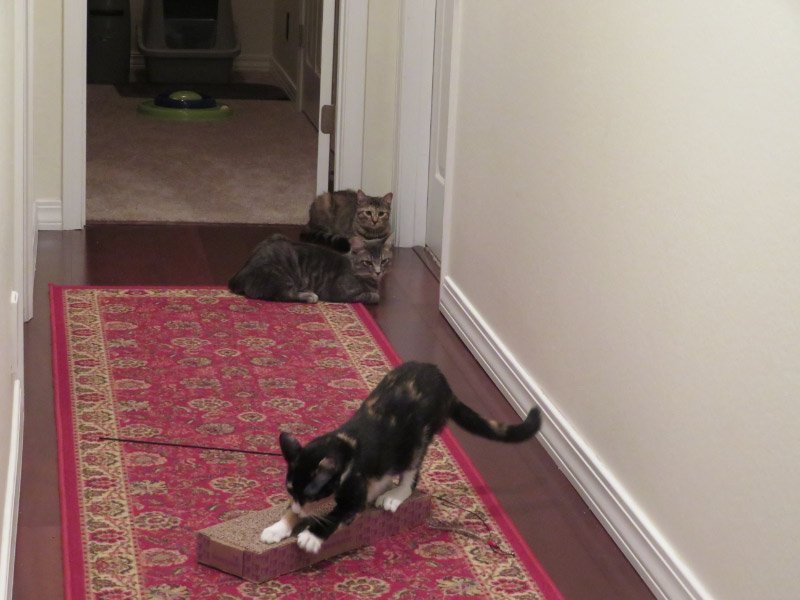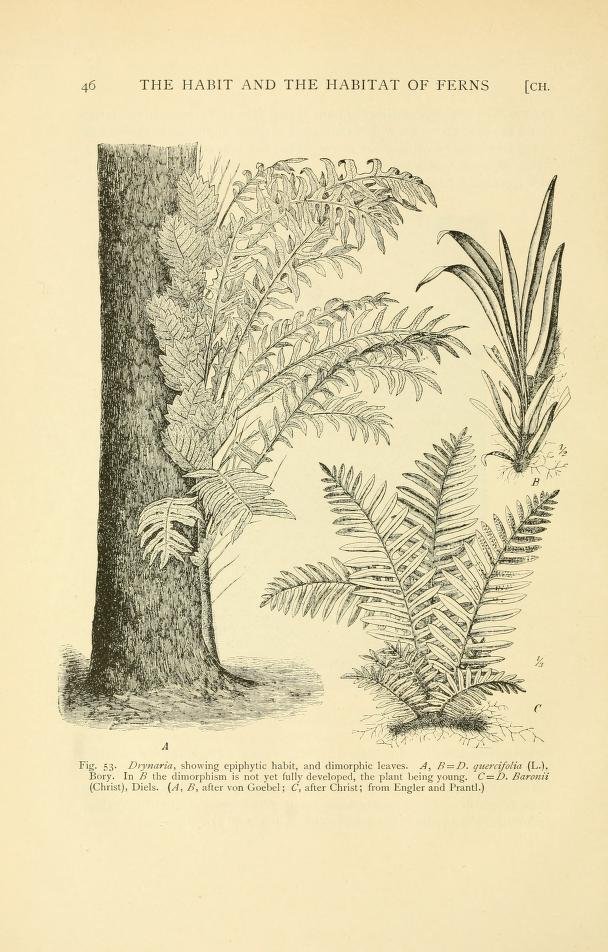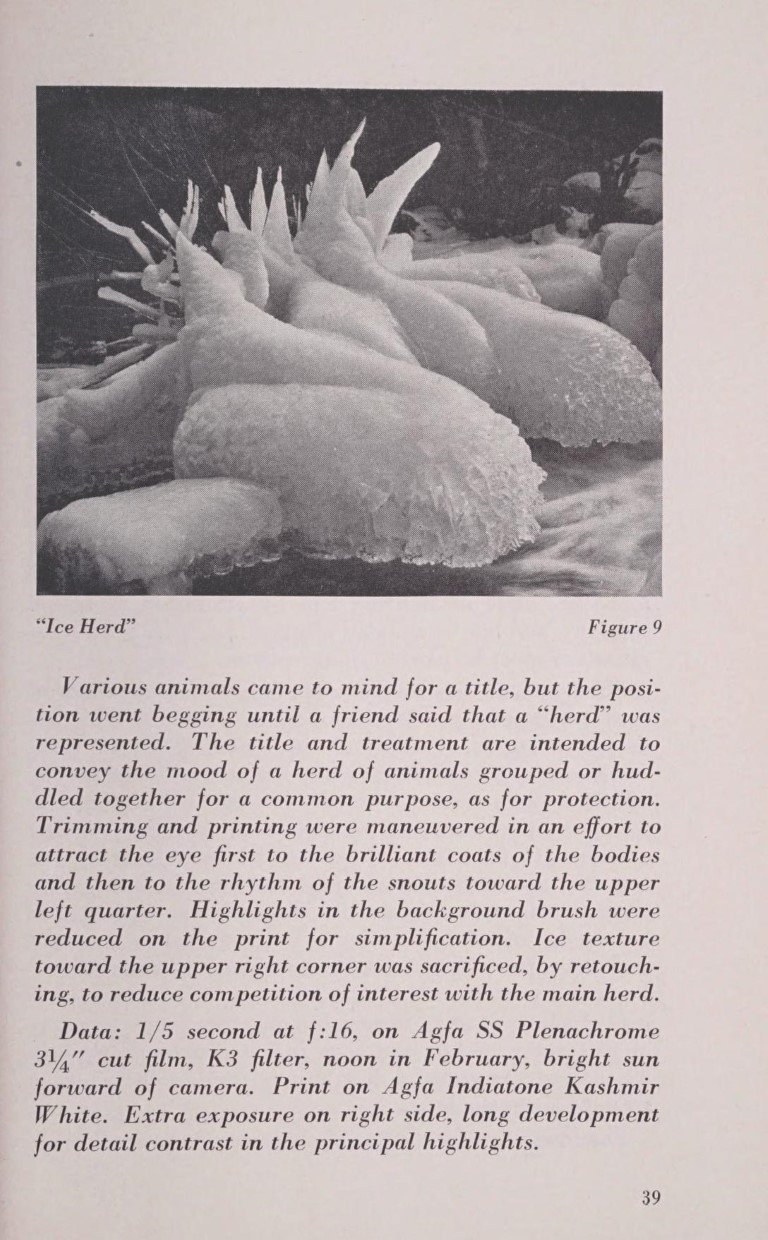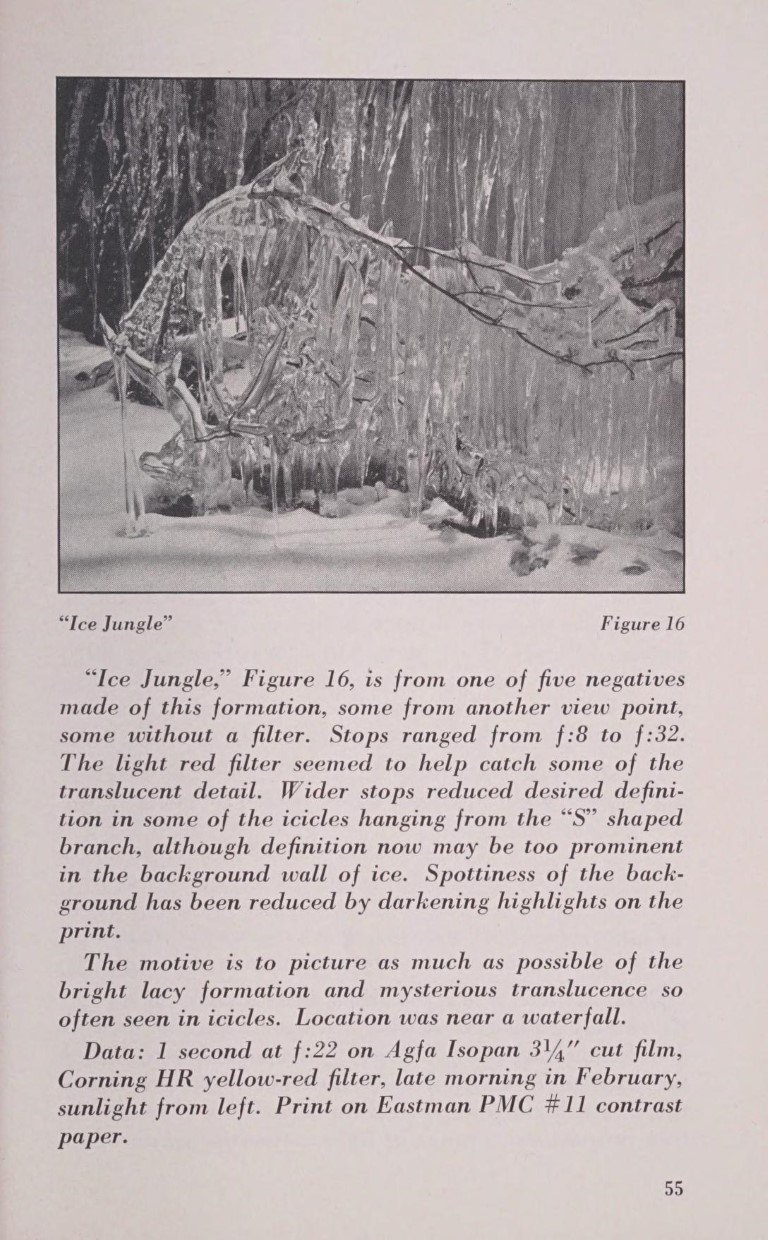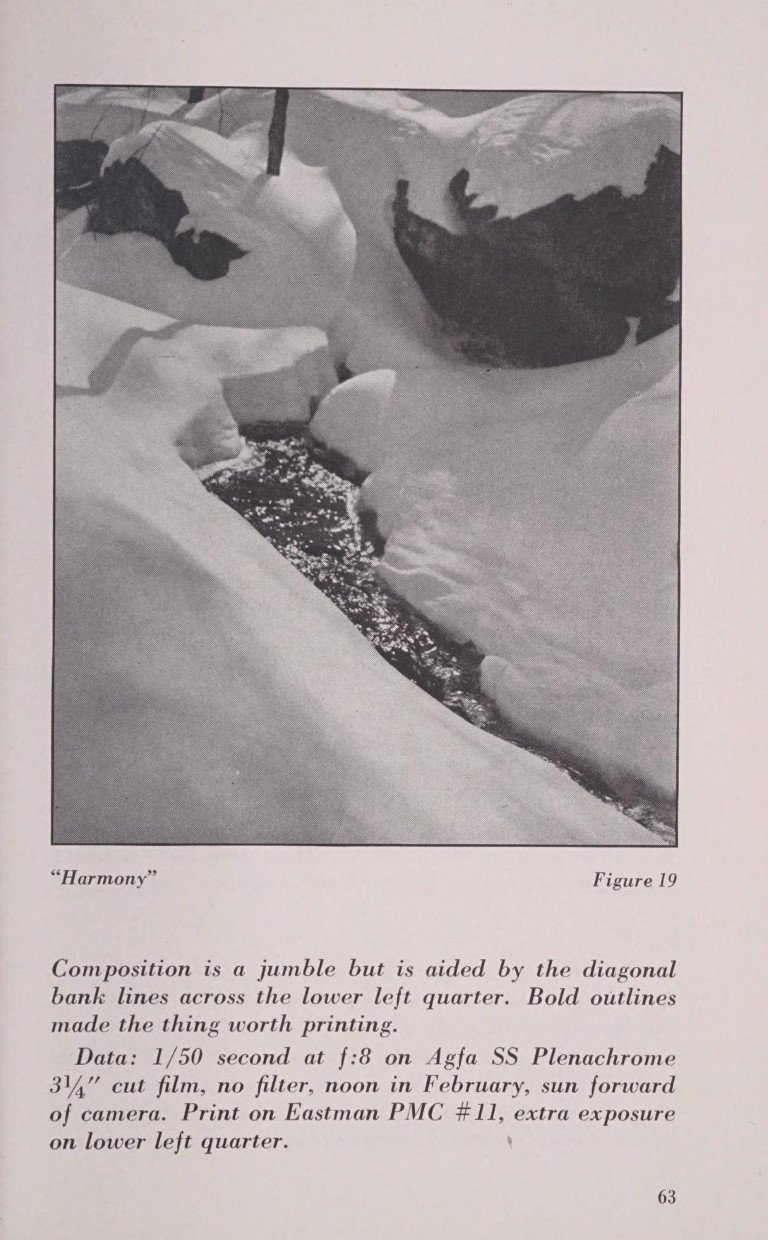Gleanings of the Week Ending December 10, 2022
/The items below were ‘the cream’ of the articles and websites I found this past week. Click on the light green text to look at the article.
Adults living in areas with high air pollution are more likely to have multiple long-term health conditions – A study of more than 364 thousand people in England. Respiratory and cardiovascular problems dominate but neurological and common mental conditions were also observed.
Best of 2022: Top 50 Photographs from Around the World – The first of the year in summary type articles. I had seen some of these photos before…but not all of them. They are worth a look.
Larger wheat harvest in Ukraine than expected – Based on satellite imagery, 94% of the winter crop was harvested…including 88% in areas not controlled by Ukraine. Some Ukrainian grain made it to global markets…however Russia is reaping the benefit of a significant portion of the harvest.
Medieval woman’s burial in Switzerland yields gold broach – A wealthy burial from a 7th century AD cemetery…excavated prior to construction work. The article didn’t say whether the finds would be going to a museum…or be reburied with the skeleton elsewhere.
More Than 52 Million Birds in the U.S. Are Dead Because of Avian Flu – It began last year in Eastern Canada and has affected flocks in 46 states since then. Wild and domestic birds are impacted…and there is a risk of infections in people too.
Study finds that experiences of daily stress decrease as people age – As we get older, we begin to deal daily stressors better. It’s a positive aspect to aging!
Archaeologists Find 1,900-Year-Old Snacks in Sewers Beneath the Colosseum – The debris from 1,900 years ago: olives, nuts, meats, cherries, grapes, figs, blackberries, and peaches!
Biodiversity unbalanced as ice-free Antarctic areas grow – Non-native species invading Antarctica
Idaho’s Potato Belt – 1/3 of the US potatoes are grown in the Snake River Plain….satellite images from NASA’s Aqua and Landsat 8.
Dam safety: New study indicates probable maximum flood events will significantly increase over next 80 years – This is a paper about 546 dams in Australia. We need to extend this type of analysis around the world…to improve the integrity of critical infrastructure into the future.






